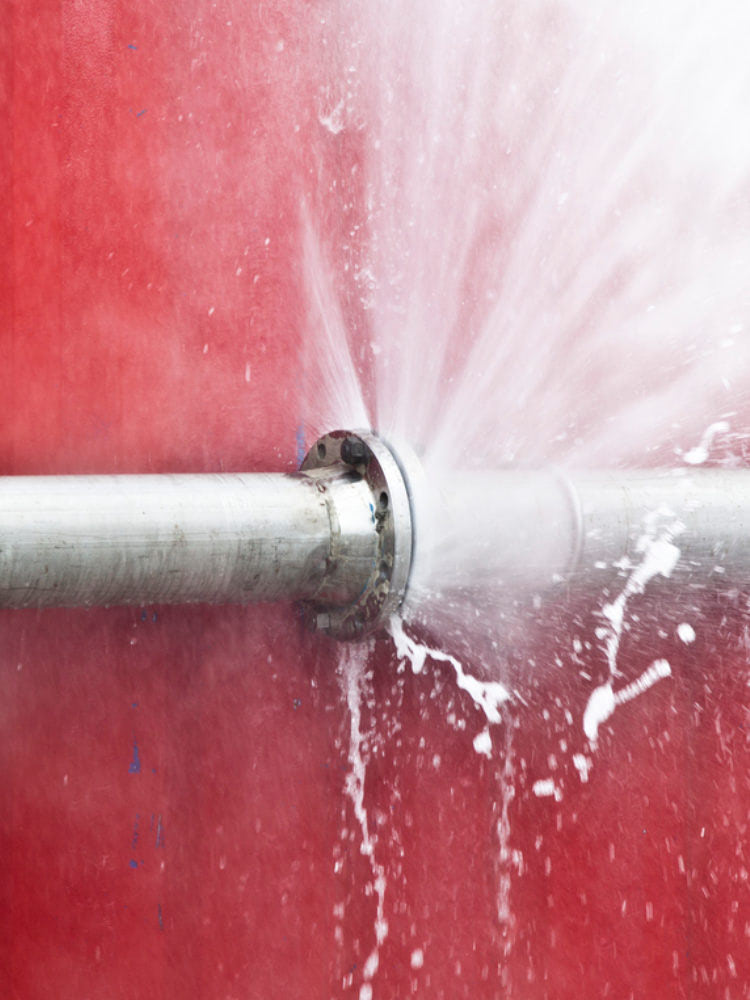Exploring the Top Causes for Drips in Your Home
Exploring the Top Causes for Drips in Your Home
Blog Article
We've uncovered the article pertaining to Most Common Causes of Leaky Pipes down the page on the internet and decided it made perfect sense to discuss it with you on this site.

Leakages not just trigger waste of water however can likewise trigger unnecessary damage to your house and promote unwanted organic growth. However, water leakages may go unnoticed since a lot of the pipework in our house is concealed. By comprehending and looking for day-to-day situations that cause leaks, you can safeguard your home from future leaks and unnecessary damage. Today, we will certainly check out 6 leak creates that might be creating your pipelines to drip.
Immediate temperature changes.
Severe temperature modifications in our pipelines can create them to increase and also acquire suddenly. This expansion and tightening might create fractures in the pipelines, especially if the temperature level are listed below cold.
Corroded water systems
As time passes by, your plumbing system ages and corrosion such as corrosion might begin gnawing the pipelines. This might be the source of staining or bending on your water pipes. This calls for an inspection with your plumber right away. Take into consideration changing the pipes because they are at a higher danger of corrosion than the more recent models if our plumbing system is old.
Faulty Pipe Joints
The factor at which your pipes connect is often the weakest link in the waterline. Pipe joints can deteriorate over time, causing water leakages. Sadly, most of pipe joints are not quickly visible. If you have noisy pipelines that make ticking or banging sounds, especially when the hot water is activated, your pipeline joints are most likely under a lot of pressure. It is suggested to have your plumber inspect your system yearly.
Intruding roots
Most water leakages start outside the house as opposed to inside it. If you observe an abrupt reduction in water stress, say in your tap, take some time to go out as well as analyze your backyard. You could see damp spots or sinkholes in your lawn, and that could indicate that tree roots are invading water lines triggering water to seep out. You can have your plumber look for invasion, particularly if you have trees or shrubs near your home.
Poor Water Connectors
Sometimes, a leak can be caused by loosened tubes and pipes that provide your devices. Most of the time, moving is what triggers the loose water Connections. You could find in the case of a washing machine, a tube might spring a leak due to drinking during the spin cycle. In case of a water links leakage, you may see water running directly from the supply line or pools around your home appliances.
Blocked Drains
Blocked drains pipes might be frustrating and also inconveniencing, however they can occasionally wind up triggering an overflow resulting in burst pipelines. Maintain eliminating any type of products that may drop your drains that might block them to stay clear of such hassles.
All the above are sources of leaks but not all water leakages result from plumbing leakages; some leaks could come from roofing system leaks. All leakages should be fixed instantly to prevent water damage.
Leakages not just cause waste of water however can also cause unneeded damage to your home and promote undesirable natural development. By understanding and looking for daily circumstances that trigger leaks, you can secure your residence from future leakages and also unneeded damages. Today, we will certainly look at six leakage causes that might be creating your pipes to trickle.
At times, a leak can be created by loose tubes as well as pipelines that supply your devices. In situation of a water links leak, you might discover water running directly from the supply line or pools around your devices.
How To Check For Water Leak In Your Home
How To Check for Leaks
The average household's leaks can account for nearly 10,000 gallons of water wasted every year and ten percent of homes have leaks that waste 90 gallons or more per day. Common types of leaks found in the home are worn toilet flappers, dripping faucets, and other leaking valves. These types of leaks are often easy to fix, requiring only a few tools and hardware that can pay for themselves in water savings. Fixing easily corrected household water leaks can save homeowners about 10 percent on their water bills.
To check for leaks in your home, you first need to determine whether you're wasting water and then identify the source of the leak. Here are some tips for finding leaks:
Take a look at your water usage during a colder month, such as January or February. If a family of four exceeds 12,000 gallons per month, there are serious leaks.
Check your water meter before and after a two-hour period when no water is being used. If the meter changes at all, you probably have a leak.
Identify toilet leaks by placing a drop of food coloring in the toilet tank. If any color shows up in the bowl after 10 minutes, you have a leak. (Be sure to flush immediately after the experiment to avoid staining the tank.)
Examine faucet gaskets and pipe fittings for any water on the outside of the pipe to check for surface leaks.
Undetected water leaks can happen without the home or business owner even realizing. If you suspect a water leak, but not able to find the source. It is time to contact a professional water leak detection service, The Leak Doctor.
How To Find a Water Leak In Your Home
https://www.leakdoctor.com/blog/How-To-Check-For-Water-Leak-In-Your-Home_AE197.html
I am very curious about How to Find Water Leaks and I'm hoping you enjoyed reading the entire page. Sharing is caring. Helping others is fun. I am grateful for your time. Come back soon.
Stay calm, just ring. Report this page